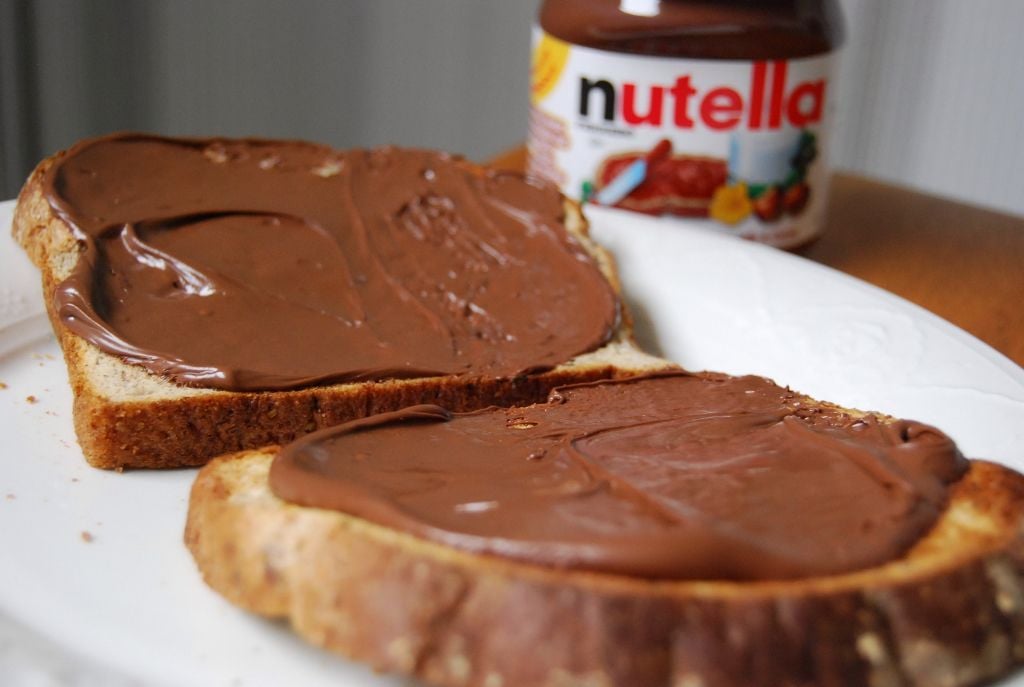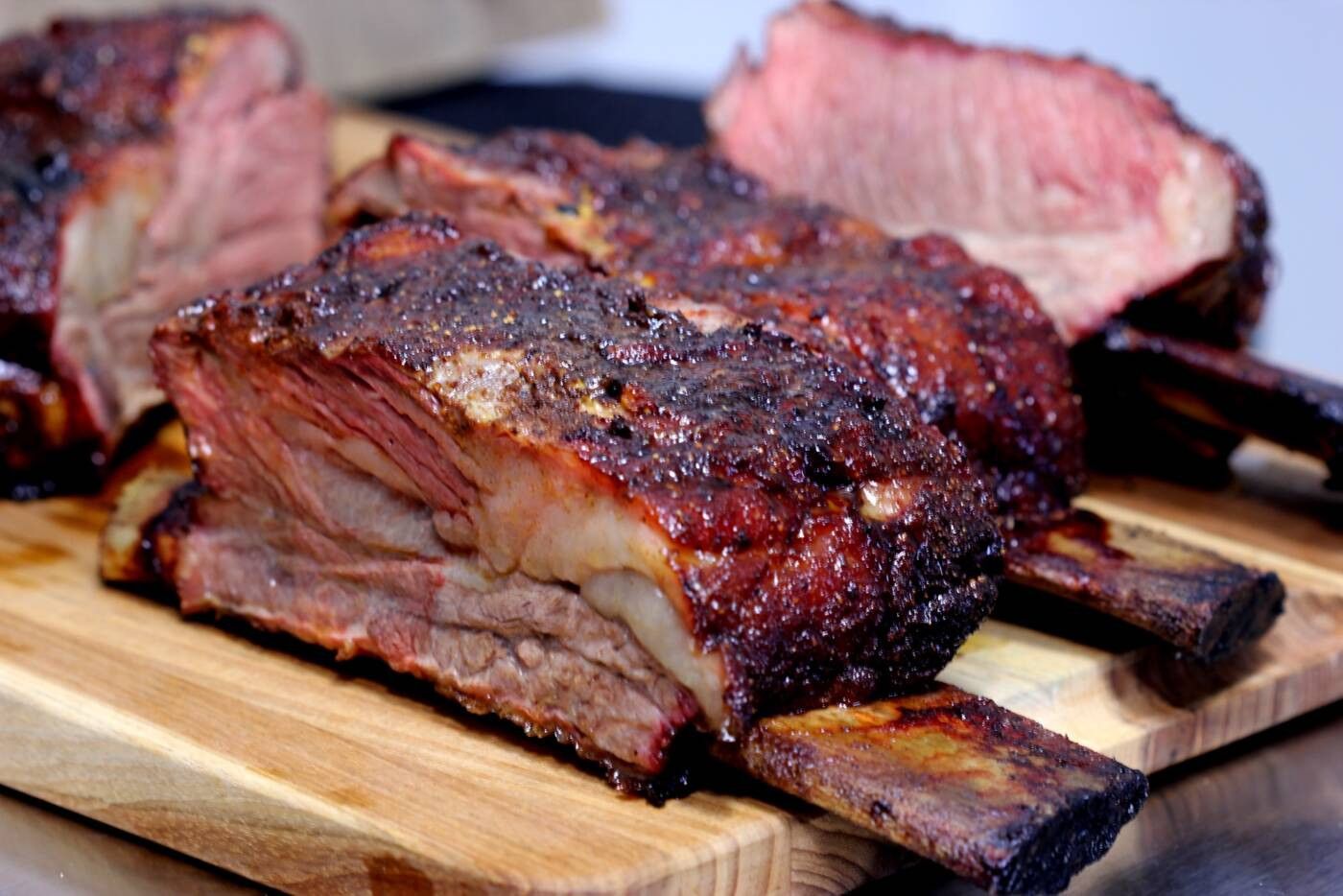
The Irresistible Pull of Nutella and Its Emerging Health Consequences
- Nov 19, 2025
Nutella's chocolate-hazelnut feast has steadily gained iconic status, and has now become a typical feature in most kitchens right alongside traditional spreads such as jam and honey. Its unique blend of nuts and cocoa has elevated it beyond other nut butters, according to Jen Messer, a registered dietitian and nutrition consultant at Jen Messer Nutrition. Nutella's rich, creamy composition and sweet cocoa-hazelnut taste have won over many taste buds.
Its versatility is noteworthy, according to Messer. Nutella fries up nicely with pancakes, toast, and crepes; pairs well with rice cakes and fruit; serves as a delicious dip for salty pretzels; and even sneaks its way into sandwiches. It has also staked a claim in the world of baking, making regular appearances in cakes, cookies, and brownies.
This universal appeal has converted into solid market value. By 2023, the chocolate-hazelnut spread industry was valued at a whopping $5.2 billion, and the projection is that this number will leap over the $7.5 billion mark by 2030.
Pietro Ferrero, a confectioner, developed Nutella in Italy in 1964 when post-war cocoa supplies were dwindling. However, the spread quickly earned acclaim for its harmonious mix of chocolate sweetness and nutty richness. It quickly garnered worldwide adoration.
When it comes to ingredients, Nutella is all over the map, literally. Its ingredients come from all corners of the world, according to registered dietitian nutritionist and spokesperson for the Academy of Nutrition and Dietetics, Kristen Smith. The list includes sugar, palm oil, hazelnuts, skim milk powder, soy lecithin, and vanillin.
The hazelnuts are sourced from the United States, Italy, Chile, and Turkey, while the cocoa finds its roots in West Africa. "The cocoa beans and hazelnuts are roasted before being blended with sugar, milk powder, and palm oil to create a smooth, creamy spread," says Smith. The mixture then undergoes a refining and emulsifying process before being jarred and sold. The fine grinding and emulsifying procedures give Nutella its characteristic silky texture.
On the nutritional front, Nutella has some positive points. Two tablespoons of it give 1 gram of dietary fiber and 2 grams of protein, both of which contribute to digestive health and muscle support. The hazelnuts also bring some heart-friendly monounsaturated fats, vitamin E, copper, and manganese. They also have traces of thiamin, magnesium, folate, and vitamin B6.
However, these perks do come with a caution. The overall nutritional profile of Nutella leads to moderation. A two-tablespoon serving hurls 21 grams of sugar, 200 calories, and 4 grams of saturated fat at consumers. Around 57% of Nutella is sugar, pushing it into the high-sugar, high-calorie category. Consumed excessively, it can lead to weight gain, elevate the risk of type 2 diabetes, and cause further health issues, warns Smith.
In addition to this, Nutella's palm oil - the key to its smoothness - is high in saturated fats. These could offset the benefits of the monounsaturated fats in the hazelnuts, and potentially harm the heart, especially in people dealing with high cholesterol levels, Messer cautions.
In summary, Nutella swings more towards the dessert end of the spectrum than that of nutritional staple. But there's no need to despair; Nutella can still be part of a balanced diet in moderation. It's best consumed in small quantities and preferably with healthier foods such as whole grains and fruits, advises Smith.






